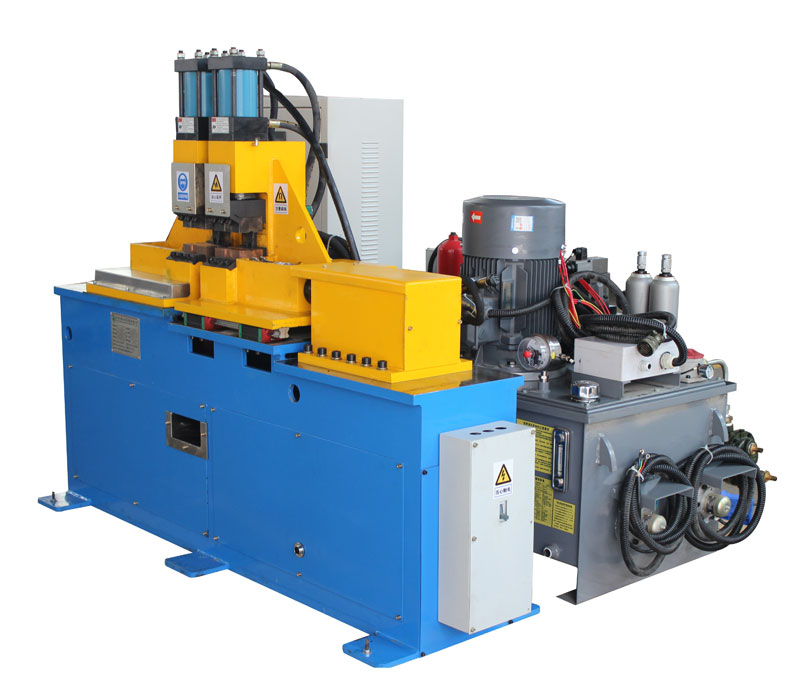Flash butt welding machines are essential tools in the welding industry, enabling the creation of strong and precise welds. However, like any piece of machinery, they can encounter various issues that can disrupt the welding process. In this article, we will explore common faults in flash butt welding machines and provide practical solutions to address these problems.
- Inconsistent Flash Gap:
- Problem: The distance between the two workpieces, known as the flash gap, is not uniform, leading to inconsistent welds.
- Solution: Regularly check and calibrate the flash gap to ensure it remains consistent throughout the welding process. Proper maintenance and adjustment can help maintain weld quality.
- Overheating:
- Problem: Flash butt welding machines can overheat due to prolonged use, which can lead to equipment damage and safety concerns.
- Solution: Implement a cooling system to maintain the machine’s temperature within safe limits. Regularly clean and inspect the cooling system to ensure it functions efficiently.
- Electrical Faults:
- Problem: Electrical issues, such as loose connections or damaged cables, can disrupt the welding process.
- Solution: Conduct routine inspections to identify and repair any electrical faults. Properly secure connections and replace damaged cables to maintain electrical integrity.
- Material Contamination:
- Problem: Contaminants on the workpieces or electrodes can lead to poor weld quality.
- Solution: Prior to welding, clean the workpieces and electrodes thoroughly to remove any contaminants. Use suitable cleaning agents and tools to achieve the desired surface cleanliness.
- Inadequate Pressure Control:
- Problem: Inconsistent pressure during the welding process can result in poor weld quality and structural issues.
- Solution: Implement a pressure control system that ensures a consistent and appropriate pressure level throughout the welding operation. Regularly inspect and maintain pressure control components.
- Inaccurate Welding Parameters:
- Problem: Incorrect welding parameters, such as time and current, can lead to subpar welds.
- Solution: Establish and adhere to precise welding parameters based on the materials being welded. Regularly monitor and adjust these parameters to maintain welding quality.
- Electrode Wear:
- Problem: Over time, electrodes can wear out, affecting the quality of the welds.
- Solution: Replace worn electrodes at regular intervals. Keeping spare electrodes on hand ensures minimal downtime during replacement.
- Safety Measures:
- Problem: Neglecting safety precautions can lead to accidents and injuries during the welding process.
- Solution: Prioritize safety by providing proper training for machine operators, ensuring they use appropriate personal protective equipment, and following established safety guidelines.
In conclusion, flash butt welding machines are valuable tools in the welding industry, but they can experience various issues that impact the quality and efficiency of welds. Regular maintenance, proper calibration, and adherence to safety measures are key to preventing and addressing these problems. By following the solutions outlined in this article, you can ensure your flash butt welding machine operates smoothly and produces high-quality welds.
Post time: Oct-26-2023








